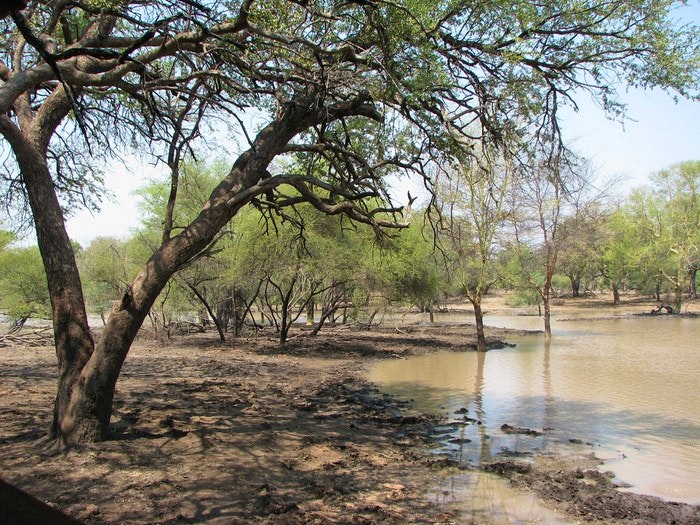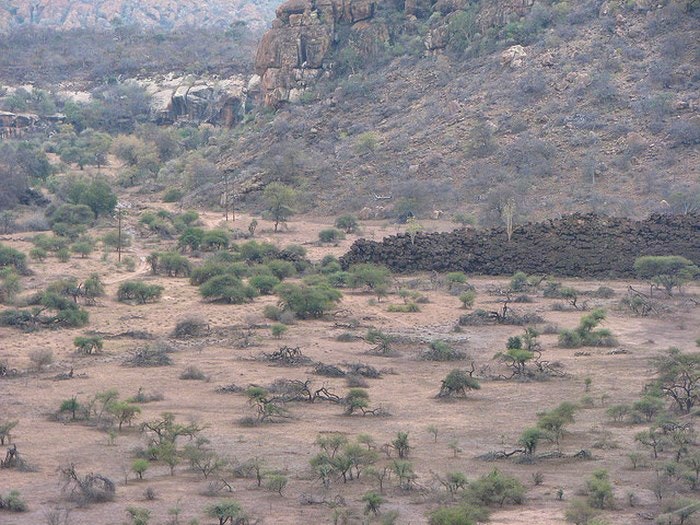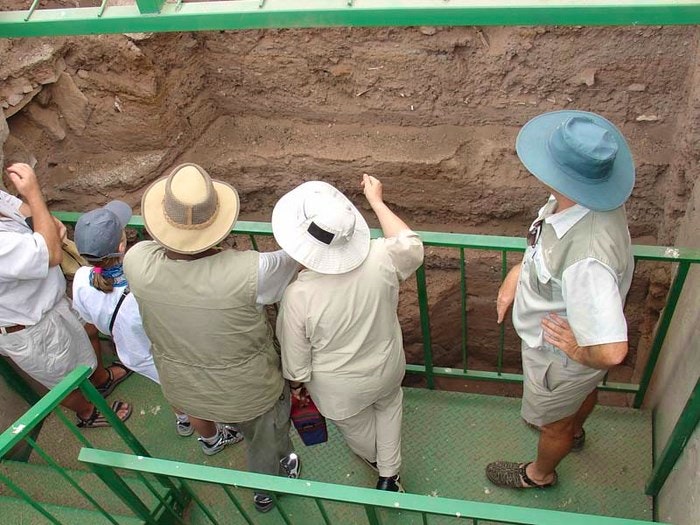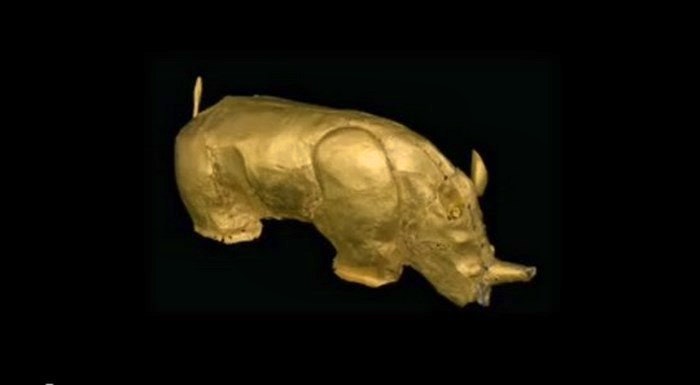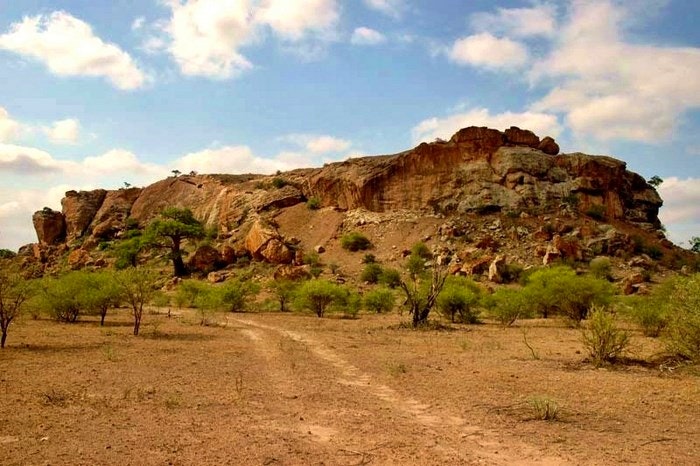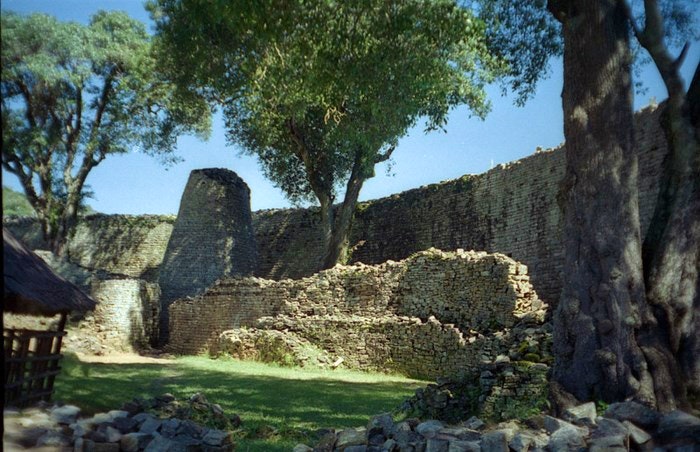The Ancient Kingdom of Mapungubwe
Roseanna McBain, 10 January 2014
Reading time: 4 minutes
The rolling green hills, rock strewn plains, and gentle breezes wouldn’t give passers by the impression that Mapungubwe was once a thriving kingdom and home to exceptionally talented goldsmiths and craftsmen. Despite a rocky start, this site is now globally recognised and known for the beautiful golden statues found in the area, such as the lifelike golden rhinoceros.
Background
Within the Shashi-Limpopo area, where the border of South Africa, Zimbabwe and Botswana converge, is the site of Mapungubwe. Today, it is a World Heritage Site, archaeological site, and national park.
The first known civilization in the area has been called the K2 culture and has also been referred to as the Leopard’s Kopje culture. Little is known about them as they left no written records, and it is believed they were breakaway descendants of the Urewe or Bantu cultures who were drawn here because of the fertile soils. The population here grew cotton and millet, corralled herd animals, such as goats, sheep and cattle, and by the looks of it, also kept dogs.
Archaeologists have determined from remains in the area, that over 200 years spanned the contents found, meaning that there were several generations of skilled craftsmen who thrived here. They ate a nutritious diet and left behind thousands of figurines, tools, glass beads, Chinese celadon wares, and jewellery.
Society
Later, assumed to be around 1075 AD, the craft-and-farming-orientated culture of K2 expanded out to Mapungubwe Hill, which is considered to be a sacred site, while Europe was going through the Dark Ages. Mapungubwe Hill was split into three class segments – with the rich living in the middle tier, the nobility on the top tier, and the poorer classes on the bottom tier – with the outskirts reserved for well-to-do families.
The region of Mpungubwe is also referred to as Tshavhadzimu, meaning place of the gods, and it is thought that the reverence those in the area had for it, lead to its preservation for several centuries.
Though they were a relatively peaceful society, who traded gold and ivory with China and India, they had precautionary measures in place should an invasion occur, seen in the large boulders placed along smaller rocks that could easily be pushed off the hill and crush would-be intruders (discovered by van Green in 1932). The topsoil found on Mapungubwe Hill did not originate there, and it is thought that the K2 culture found a way to transplant nearly 2000 tons of soil.
Excavations
After the discovery of this ancient Iron Age site in 1932, the University of Pretoria began to excavate it in the same year, although kept their findings under wraps. A few research papers were published on discoveries made, but these were not picked-up on by the mainstream press.
In 2002 when a Mr van Rensburg, involved with renovations at the University of Pretoria, discovered a sealed and forgotten room filled with artifacts from Mapungubwe, he couldn’t believe his eyes! No one seems to be sure when or how the items arrived at the university, but the items in question dated back to 100 AD – 1300 AD. Included amongst the boxes filled with items from Mapungubwe was the well-known golden rhinoceros, along with other golden objects, refined iron and copper products, beads, pottery items, figurines, and items crafted from bone and ivory.
Decline
Early theories were that the dispersion of the Mapungubwe population was due to climate change; that when rainfall decreased after 1300 AD, it was no longer possible for the population to live off the land here, and they dispersed into the surroundings, with the majority heading to Great Zimbabwe, the new seat of power in the region. Present theories believe that their migration had nothing to do with climate change, and that it was a change in trade routes which forced the population to move to the new trade power: Great Zimbabwe.
Great Zimbabwe is a place that keeps even us ‘modern’ humans in awe, due to the walls that they built with thousands of small pebbles still standing today. This is despite having no form of cement or concrete to keep the pebbles and walls in place.
Descendants
The present clans of Vhangona, Vhatwanamba and Vhaleya (within the Vendi nation) are direct descendants of the ancient Mapungubwe civilization, and they are the only clans within the entirety of South Africa to mention Mapungubwe in their oral histories. There are many more mysteries to be discovered, and even though the future will continue to bring changes, it will also offers us a better look at our past.
What ancient civilization captures your imagination?
Main image credited to Marius Loots (Creative Commons)
